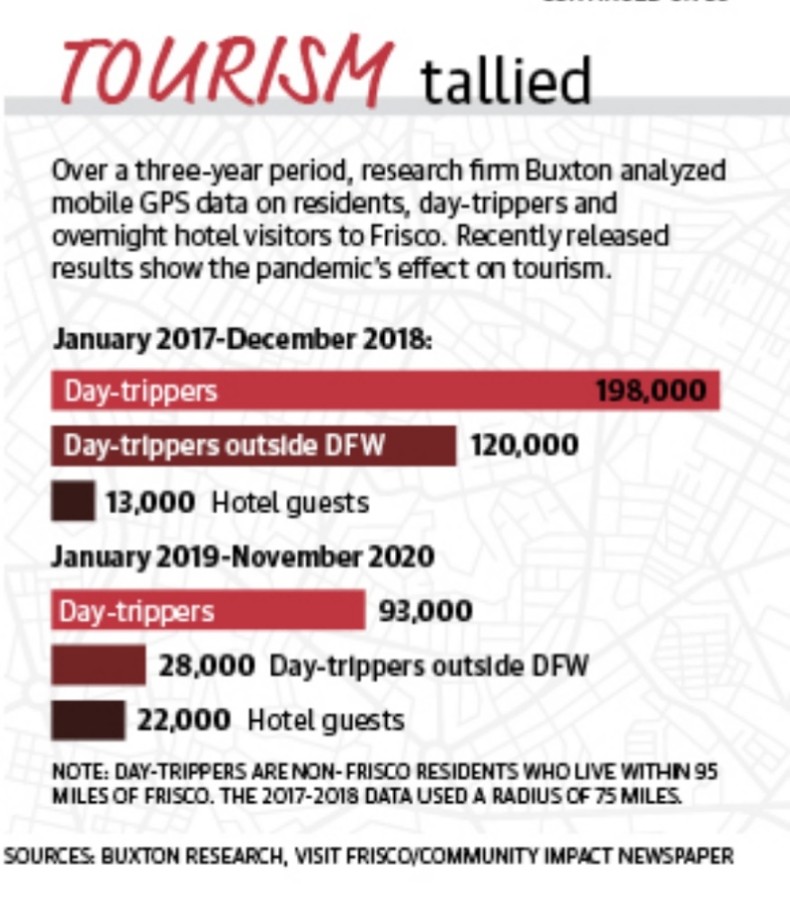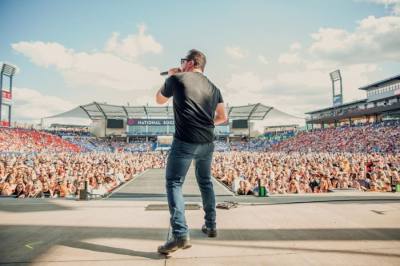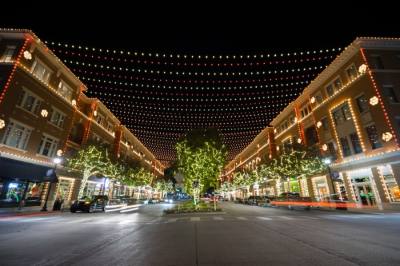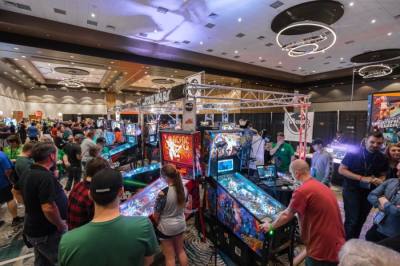Frisco has results for the final year of a three-year study tracking where visitors come from and how they spend time in the city.
The city’s marketing organization, Visit Frisco, commissioned the study for insight into what draws visitors, as the city draws a large amount of tax dollars from outsiders. In a tourism economics study from 2018, Visit Frisco saw domestic overnight guests spend $650 dollars per person each trip, accounting for $2.1 billion the total spending in the city.

The most recent set of data covers January 2019 to November 2020. The goal was to see how visitors might have changed from past studies due to the COVID-19 pandemic.
“We wanted to better understand Frisco’s visitor, from demographics to psychographics, attraction preferences and home origins as well as effective ways to convert day-trippers to overnight guests,” Visit Frisco Executive Director Marla Roe said.
Research firm Buxton analyzed mobile GPS data on residents, day-trippers and overnight hotel visitors. The firm denoted repeated behavioral patterns to distinguish residents from visitors.
The latest data indicates day-trippers are traveling farther distances, reaching from as far away as Tyler and Stephenville. Buxton says this has become a trend in many of its studies due to the pandemic. Visitors gravitate toward Frisco’s special events venues, and certain events attract more day-trippers or more overnight visitors.
“There are numerous ways the data may be applied for tourism and economic development objectives in Frisco,” said Buxton Senior Account Executive Cheyenne Robinson.
Ways the city can leverage this data, according to Robinson, include working to convert more day trips to overnight stays and advertising to a more defined visitor demographics. Visit Frisco can optimize media placements by market and channel and strategically plan future events.
Drawing dollars
Roe said a direct correlation exists between overnight guests and an increase in spending.
“More overnight guests means more money coming into Frisco’s economy,” Roe said.
Buxton’s latest data indicates that although Frisco visitor numbers are largely down due to COVID-19, 65% of them are day-trippers from within the DFW region, which Roe said is similar to previous studies. However, 13% of those day-trippers are overnight guests—an increase of 12% from the 2019 study.
Robinson said in conducting studies for cities, tourists are taking more road trips than they did prior to the COVID-19 pandemic.
“This indicated Frisco’s day-tripper visitors are also willing to drive farther distances to visit Frisco attractions,” Robinson said.
Buxton in previous studies found Frisco’s day-trippers typically lived within 75 miles of the city. In the most recent study, the firm claims the day-tripper radius has expanded to 95 miles.
Frisco target markets have shifted too. Beyond DFW, more hotel guests originate from Houston and San Antonio than in previous reports. Frisco also attracts more visitors from Oklahoma City compared to other DFW cities.
Frisco sees a wide array of visitor types. They’re often wealthy and influential couples, affluent starter families and multi-generational families with active lifestyles, data indicates.
“We also hope to inspire Frisco’s target audiences to visit all the unique-to-Frisco entertainment, shopping and dining in The Rail District,” Roe said. “It’s our job to educate visitors about the wonderful areas such as this around Frisco.”
What people want
Frisco does have its weaknesses, the Buxton study indicates, and opportunities to grow are largely the same as in the 2019 report.
Many Frisco-area residents, day-trippers and overnight guests leave the city to visit arts and entertainment venues in neighboring cities, such as Legacy Hall in Plano, alongside mixed-use developments and pedestrian-friendly areas.
Frisco City Council acknowledged this need during its annual two-day Winter Work Session in late January. Mayor Jeff Cheney and several council members indicated that a perceived lack of entertainment destinations in the city has been a sore spot for years.
“The question I used to always ask people is, ‘What do you leave Frisco for?’” Cheney said. “What I see and what I hear right now is people are leaving Frisco because surrounding districts have done entertainment better than we have.”
Frisco City Council is optimistic about local entertainment. Plans are still on track for several large, upcoming projects, including Music Street Frisco, Frisco Station and the PGA headquarters with surrounding entertainment venues, the mayor said.
Roe said the Visit Frisco team is pleased to see council members focused on tourism, noting the council’s top 10 priorities for 2021 include several bullet points geared to boost visitor attraction.
“Frisco is a growing city with a diverse array of attractions, accommodations, dining and shopping,” Roe said. “When Frisco’s City Council, the city and Visit Frisco work together to encourage tourism, the city will continue to grow and thrive.”
Visit Frisco hopes to see city sports facilities and meeting-oriented properties become hotspots again, overcoming the toll COVID-19 has exacted on such venues.
“Sporting events and meetings attract a diverse group of people to the city, who have healthy lengths of stay and generate money into our economy through dining and shopping,” Roe said.
A local perspective
Bob LaPrelle, president and CEO of the Museum of the American Railroad, also hopes Frisco sees a comeback in foot traffic after the museum encountered newfound struggles the past year.
The not-for-profit Texas corporation is “dedicated to celebrating the heritage and exploring the future of railroads through historic preservation, research and educational programming,” its website reads.
LaPrelle told City Council members during the winter workshop the museum had to cancel all of its special events last year due to COVID-19. Those were the biggest revenue generators for the museum, he said.
“Museums basically live and die on special events,” LaPrelle said. “That’s one of the income revenues, and we do those a lot throughout the year both off-site and on-site.”
Paid visitors at the museum tumbled from just over 44,000 in 2019 down to mere hundreds last year, according to LaPrelle’s workshop presentation.
The federal Paycheck Protection Program and cash reserves have kept the museum afloat through the pandemic, according to the museum president, but not in a sustainable way.
From January 2019 to November 2020, The Museum of American Railroad is cited in Buxton’s latest study as a top destination for day-trippers, showing a high spike during the spring season. Buxton’s latest study claimed that 52.1% of observed GPS visits were to the museum during this season.
The museum’s mission mirrors Visit Frisco’s intentions: Attract more people to spend more time enjoying city-specific attractions.
“We have people come from all over the world,” LaPrelle said. “We have a built-in audience of people who enjoy seeing trains that like the historic preservation aspect, but we also actually market to families with children.”









